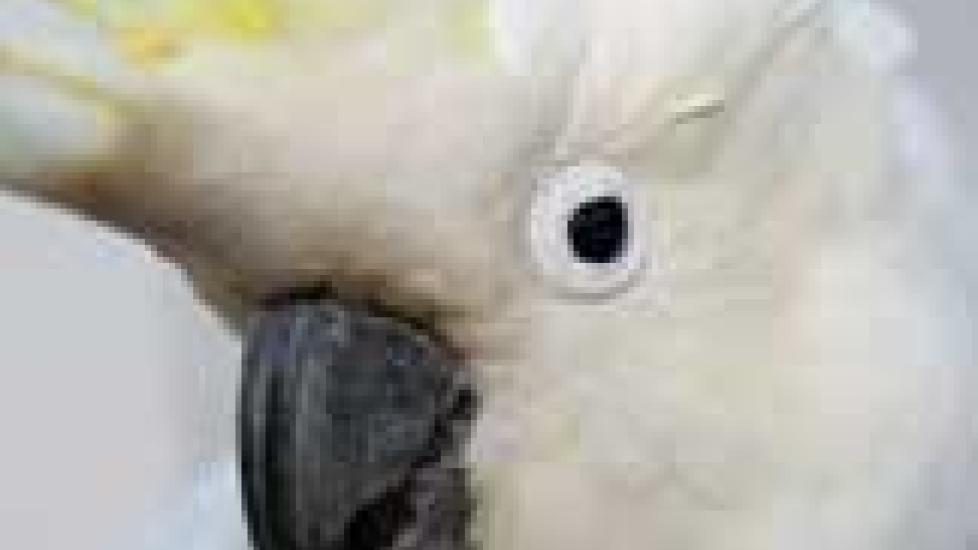The Case of the Boom Box Bird
Very early in my veterinary career I spent a year as a veterinary officer for the United States Department of Agriculture. My assignment was monitoring the air and seaports of San Francisco and Oakland California. My primary responsibility was to prevent animal diseases from entering the U.S. through these ports of entry by monitoring, testing, and quarantining animals and animal products.
Secondarily, I was charged with enforcing the Animal Welfare Act at research facilities, zoological gardens, and animal display venues. I would like to use the next few blogs to entertain you with some of the daily experiences of a port veterinarian.
The Sulfur Crested Cockatoo Caper
One warm summer morning (unusual for San Francisco, for as Mark Twain said, “The coldest winter I ever spent was summer in San Francisco”) the Australian consulate contacted me about a passenger arriving that afternoon from Sydney. It was a 15-year-old American boy who was returning from a study abroad program in Australia.
While abroad, the young man found a featherless sulfur crested cockatoo fledgling that he raised during his stay. When it came time to return to the U.S., he approached the Australian agriculture department about the steps necessary to take the bird back to the U.S. He was informed that this species was on the list of birds that are ineligible for legal export from Australia. The young man recounted his acquisition of the bird, its imprinting to him, and his concern for the bird’s survival if left behind. His reasoning was compelling and the officials were sympathetic to his situation, but the CITES (Convention on International Trade in Endangered Species) regulations were quite clear concerning sulfur crested cockatoos. The boy left the office with the bird quite disappointed.
The officers were struck by the young man’s conviction about the bird and convinced he would try to smuggle the bird out of Australia, so I was alerted about his arrival. I contacted the local wildlife authorities and we met the young man at international customs at the San Francisco Airport. He arrived with a back pack and a “boom box,” as portable stereos of the 80s were often called. We asked him to turn on the boom box and he gave us some excuses as to why it wasn’t working. Suspicious, we asked for the boom box and removed the back panel.
This young man was incredibly ingenious. The young cockatoo was in a comfortable wire cage. The floor of the boom box had multiple bags containing water from dissolved ice. The young man had configured a fan to a thermostat that would turn on the fan to blow over the ice toward the bird if the temperature rose beyond a 75o in the box. His invention worked, because we were greeted by a very alert young cockatoo.
We officials were dumb struck by this young man’s tenacity and ingenuity. He was released to his parents without any charges being filed. Under CIES rules the bird could not be returned to Australia so I placed it under necessary quarantine required for legally imported birds. On completion of quarantine the bird qualified for and was placed with a bird therapy group that circulated to senior facilities so it could be around people the rest of its life. I don’t know if the young man ever made contact with the therapy group and was reunited with his bird.
Next post: The Dairy Heifer that swam the San Francisco Bay

Dr. Ken Tudor
Image: Brooke Whatnall / via Shutterstock
